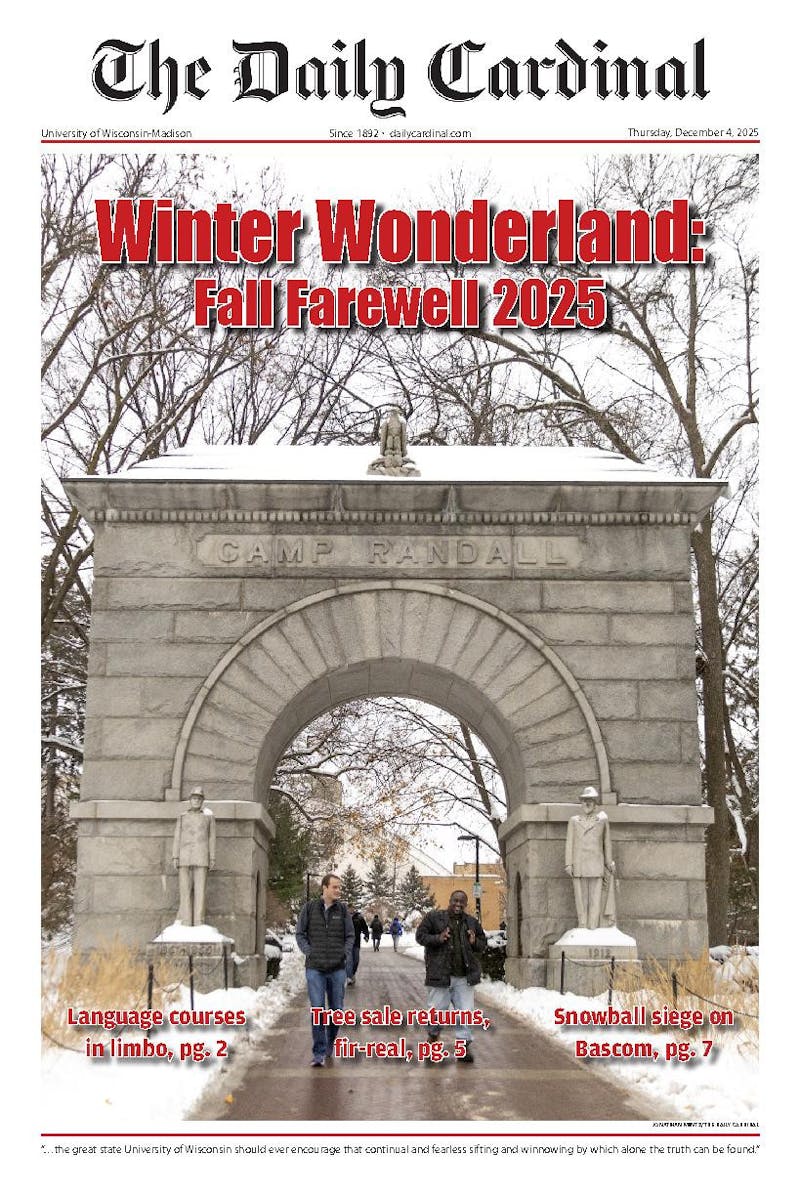Thirty years after the legendary and controversial sinking of the SS Edmund Fitzgerald in Lake Superior, atmospheric scientists at the UW-Madison and the National Weather Service use modern techniques to recreate the harsh storm.
By combining 30-year-old environmental observations with present-day computer simulations, these researchers hope to shed new light on the horrific weather and lake conditions that likely led to the vessel's downfall and the deaths of the 29 crew members onboard.
The Edmund Fitzgerald sank the night of Nov. 10, 1975, in the midst of what the National Transportation Safety Board has called a 'severe storm.' Wind gusts in the vicinity of the ship were estimated by nearby observers to be near 80 mph, with wave heights estimated up to 25 feet.
About two hours before the ship sank, Ernest McSorley, 63-year-old master of the Edmund Fitzgerald, radioed that he was battling 'one of the worst seas I have ever seen.'
Robert Aune, retired Navy weather forecaster and scientist at the Cooperative Institute of Meteorological Satellite Studies at UW-Madison, is using the CIMSS Regional Assimilation System and weather data from 1975 to recreate the winds over Lake Superior at the time of the sinking. He is also looking to assimilate early satellite observations to help fine tune the model's output.
Even without the satellite observations, Aune was able to model the winds the Edmund Fitzgerald probably encountered during its fateful voyage. His preliminary results produce an environment that would strongly agree with the historical observations.
Another researcher investigating the environment surrounding the Edmund Fitzgerald catastrophe is Thomas Hultquist of the National Weather Service in Marquette, Michigan. He and co-authors Michael Dutter and David Schwab are publishing their results in a forthcoming issue of the Bulletin of the American Meteorological Society.
Hultquist and his team used data from 1975 to run a computer model that assessed the wave heights in Lake Superior during the final voyage of the Edmund Fitzgerald. They found that some of the largest waves at the time and place of the ship's sinking to be as high as 25 feet.
Hultquist points out, however, that some of the waves would have been larger. Though it is unlikely, in theory, the tallest possible wave could have reached a height of 46 feet.
The cause of the Edmund Fitzgerald's sinking is still heavily disputed; however, both the U.S. Coast Guard and the NTSB suggest that there was damage sustained by the vessel prior to its demise. This damage allowed the ship to flood and ultimately sink.
Regardless of the cause, present-day research shows us that the Edmund Fitzgerald encountered the worst of the lake's wind and wave conditions.
Although the ultimate result may have been the same, Thomas Hultquist believes, 'Had the Fitzgerald been six hours earlier or later, it could have avoided the worst weather.'





